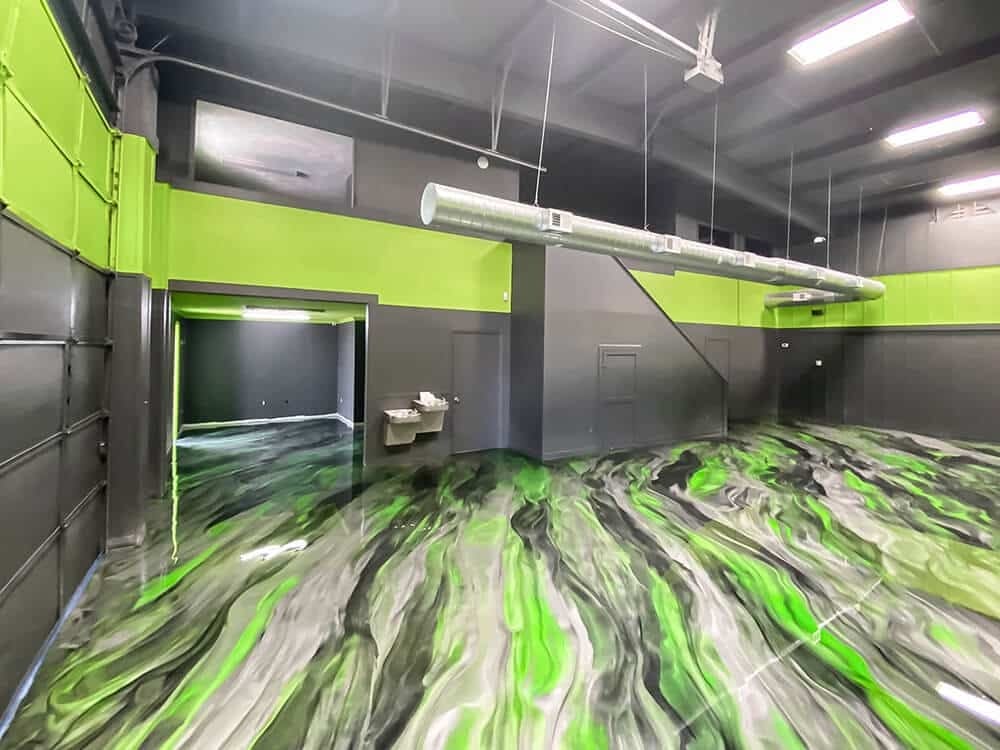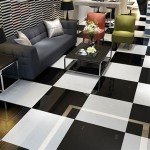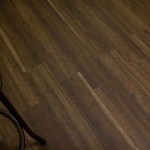Transforming your garage into a functional and aesthetically pleasing space is easier than you might think, especially with the application of epoxy floor coatings. This article delves into the various aspects of garage floor epoxy, covering its benefits, application processes, color choices, and maintenance tips to ensure your garage floor remains in excellent condition for years to come.

What is Garage Floor Epoxy and Why Choose It?
Understanding the Basics of Epoxy Coating
Garage floor epoxy is a type of coating that consists of a mixture of resin and hardener, creating a durable and long-lasting surface for your concrete flooring. When applied correctly, an epoxy coat forms a strong bond with the concrete surface, enhancing its durability and resistance to various damages. One of the primary reasons homeowners opt for garage floor epoxy is its ability to withstand heavy foot traffic and the weight of vehicles without cracking or chipping. Additionally, epoxy garage floor systems are easy to clean and maintain, making them an excellent choice for anyone looking to improve their garage.
Benefits of Using Epoxy for Your Garage Floor
There are numerous benefits associated with garage floor epoxy. First and foremost, it provides an attractive finish that can significantly enhance your garage’s overall appearance. With various color options and decorative flake choices available, you can customize your garage floor to match your personal style. Moreover, epoxy coatings are resistant to stains, making them ideal for garages where oil spills and other substances are common. The long-lasting nature of epoxy means that you won’t have to worry about frequent reapplications, saving you time and money in the long run. Furthermore, epoxy floor coatings offer excellent adhesion to concrete surfaces, ensuring that they remain intact for years, even under the pressure of heavy foot traffic and vehicles.
Common Misconceptions About Epoxy Garage Floors
Despite its popularity, there are several misconceptions surrounding epoxy garage floors. One common myth is that epoxy is only suitable for indoor use. In reality, many epoxy and polyaspartic floor coatings are designed specifically for outdoor applications as well. Another misconception is that epoxy floors are prone to peeling and chipping. However, when installed correctly, using the right epoxy products and proper surface prep, these issues can be effectively mitigated. Lastly, some assume that epoxy is only available in a limited range of colors. In actuality, there are vast color options and finishes available, including solid colors and decorative flakes, allowing you to create a unique look for your garage floor.
How to Apply Epoxy Garage Floor Paint Effectively?
Preparing Your Garage Floor for Epoxy Coating
Before applying epoxy garage floor paint, it’s essential to prepare your concrete surface adequately. Start by cleaning the garage floor to remove any dirt, oil, or debris that could hinder the adhesion of the epoxy coat. A good practice is to use a degreaser and a stiff broom to scrub the surface thoroughly. Once cleaned, etch the concrete surface using an etching solution or a diamond grinder. This process creates a rough texture that enhances the bonding of the epoxy coating. After etching, make sure to rinse the floor with water and allow it to dry completely before proceeding with the application.
Step-by-Step Guide to Applying Epoxy Floor Coating
Applying epoxy floor coating involves several critical steps. First, mix the epoxy components according to the manufacturer’s instructions, typically requiring a 2-part epoxy mixture. Once mixed, use a roller to apply the epoxy coat evenly across the entire garage floor, starting from the farthest corner and working your way towards the exit. This approach prevents stepping on freshly coated areas. Depending on the epoxy product chosen, you may need to apply multiple coats, allowing sufficient dry time between each application. It’s crucial to monitor the ambient temperature and humidity levels, as these factors can affect the curing process of the epoxy.
Tips for a Successful DIY Epoxy Application
For those considering a DIY epoxy application, several tips can enhance the success of your project. First, ensure you have all necessary tools and materials on hand, including a garage floor kit, rollers, brushes, and safety gear. Work in a well-ventilated area to avoid inhaling fumes from the epoxy. Additionally, consider using a squeegee to spread the epoxy evenly across the floor, which can help eliminate bubbles and imperfections. If you’re adding decorative flake options, sprinkle them onto the wet epoxy before it cures for a textured finish. Finally, allow adequate cure time as specified by the product instructions to achieve the best results.

What Are the Different Types of Garage Floor Coating Available?
Comparing Epoxy and Polyaspartic Floor Coatings
When exploring garage floor coating options, two popular choices are epoxy and polyaspartic coatings. Epoxy floor coatings are known for their durability, resistance to stains, and ability to withstand heavy traffic, making them ideal for garages. On the other hand, polyaspartic floor coatings offer faster cure times and better UV resistance, making them suitable for areas exposed to sunlight. However, they can be more expensive and require more careful application. Ultimately, the choice between epoxy and polyaspartic coatings depends on your specific needs and preferences for your garage space.
Understanding the Features of Polyurea Floor Coating
Polyurea floor coatings are another option worth considering for garage floors. Like polyaspartic coatings, polyurea offers excellent durability and resistance to chemicals and abrasions. They cure rapidly, making them suitable for quick installations. However, polyurea can be more flexible than epoxy, which may be advantageous in certain applications but could also lead to a softer finish. When choosing between polyurea and epoxy, it’s important to weigh the benefits of each type against your garage’s specific requirements.
Exploring Solid vs. Flake Epoxy Floor Options
When selecting epoxy floor systems, you’ll encounter solid and flake epoxy options. Solid epoxy floors provide a sleek and uniform look, making them an excellent choice for those seeking a modern finish. On the other hand, flake epoxy floors incorporate decorative chips or flakes into the epoxy, adding texture and visual interest. Flake options can hide imperfections better than solid finishes and are available in a range of colors, allowing for further customization. Ultimately, the choice between solid and flake epoxy will depend on your aesthetic preferences and practical needs.
What Are the Best Color Options for Epoxy Garage Floors?
Choosing the Right Color for Your Garage Floor
When it comes to choosing the right color for your epoxy garage floor, you have a multitude of options. Neutral shades such as gray, beige, and tan are popular choices, offering a classic look that complements most garage aesthetics. However, if you want to make a bold statement, consider vibrant colors like blue, red, or green. Additionally, you can choose colors that match your home’s exterior or interior design for a cohesive look. Remember to consider the overall ambiance you want to create in your garage space when selecting a color.
Decorative Flake Options for a Unique Finish
For those looking to add a touch of personality to their garage floor, decorative flake options are an excellent choice. These flakes come in various colors and sizes, allowing you to create a custom pattern or design that reflects your style. Incorporating decorative flakes not only enhances the visual appeal of your garage floor but also improves its slip resistance, making it a safer environment for foot traffic. Many homeowners appreciate the unique finish that flakes provide, as it can transform an ordinary garage into an extraordinary space.
Gloss vs. Matte Finishes: Which is Best?
Another consideration when selecting an epoxy garage floor is the finish. Gloss finishes offer a shiny, reflective surface that enhances the overall brightness of the garage and makes it easier to clean. However, some may prefer a matte finish for a more subdued look. Matte finishes can also help hide imperfections and are less slippery when wet. Ultimately, the choice between gloss and matte should align with your aesthetic preferences and practical considerations, including maintenance and safety.
How to Maintain Your Epoxy Garage Floor?
Best Practices for Cleaning and Caring for Epoxy Floors
Maintaining your epoxy garage floor is crucial for preserving its appearance and longevity. Regular cleaning is essential; use a soft broom or vacuum to remove dirt and debris. For deeper cleaning, a solution of warm water and mild detergent is often sufficient. Avoid harsh chemicals or abrasive tools that could damage the epoxy surface. Additionally, it’s wise to schedule periodic inspections to identify any potential issues early on, such as peeling or discoloration.
Dealing with Hot Tire Marks and Stains
Hot tire marks can be a common issue with epoxy garage floors, especially in warmer climates. To mitigate this, consider allowing your vehicle to cool down before parking it on the epoxy surface. If hot tire marks do occur, clean them promptly with a suitable cleaner designed for epoxy surfaces. For other stains, such as oil or grease, a degreaser can effectively lift the stain without damaging the epoxy finish. Taking proactive measures will help keep your garage floor looking pristine.
When to Reapply Epoxy or Consider a New Coating
Even the most durable epoxy garage floors may require reapplication or a new coating after several years of use. Signs that it may be time to reapply include noticeable wear and tear, discoloration, or difficulty in cleaning. If your epoxy floor begins to show signs of peeling or cracking, it might be beneficial to consider a new coating altogether. Regular maintenance and timely reapplications will help extend the life of your garage floor, ensuring it continues to serve you well.







